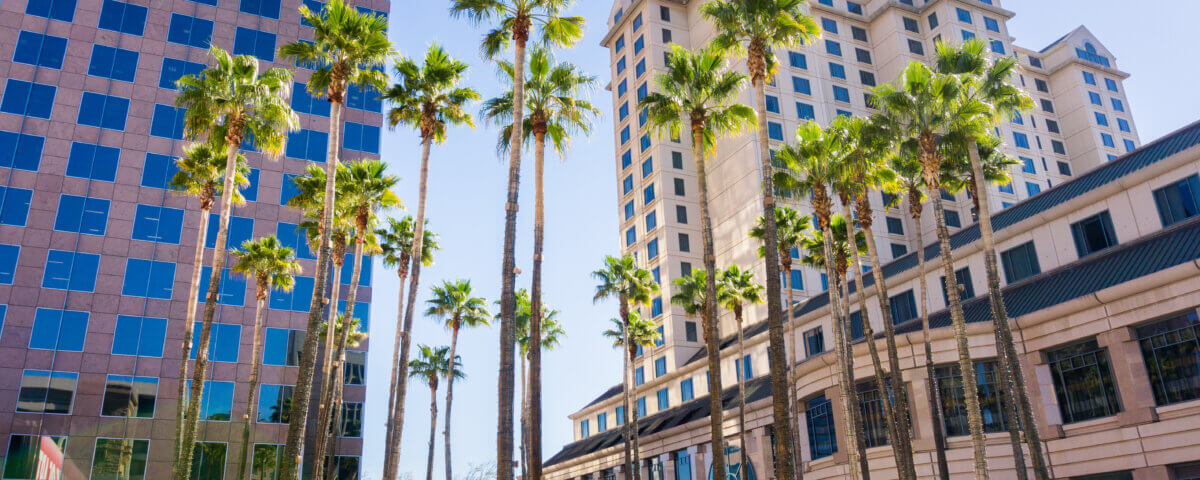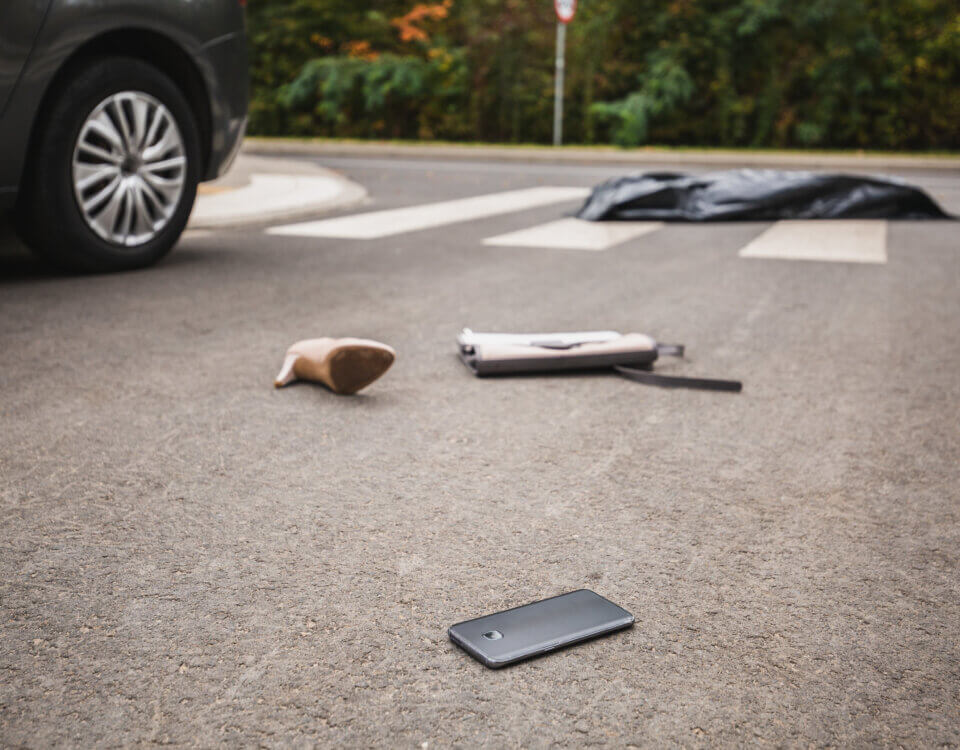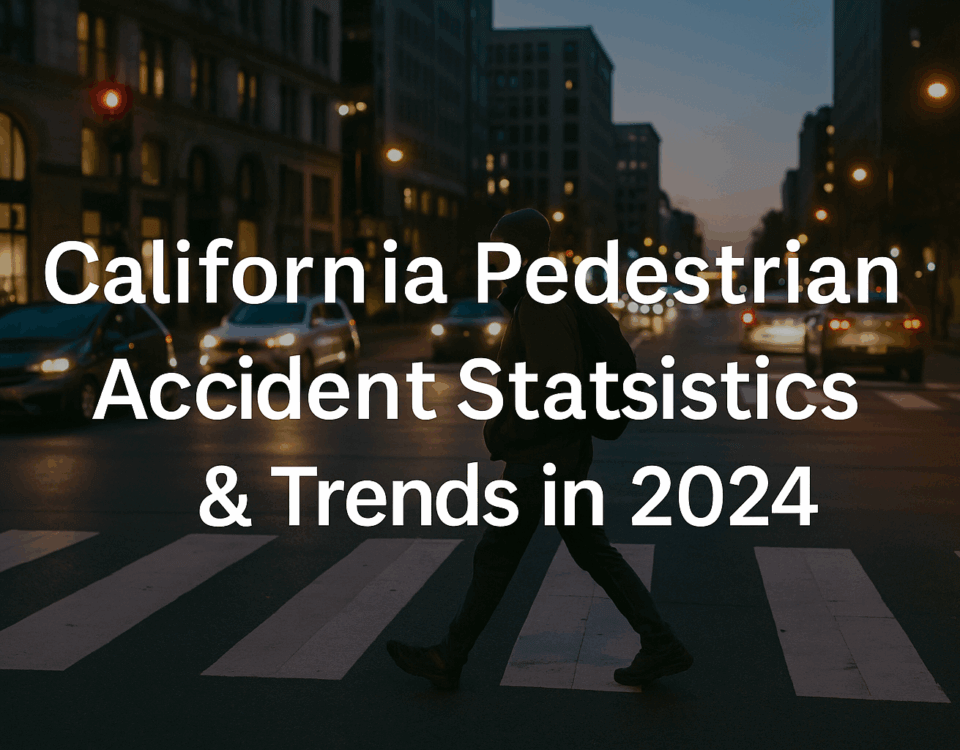Intersections are where roads cross, where cars, bikes, and pedestrians meet, and where crashes happen more than anywhere else. Around forty percent of all traffic accidents in the U.S. take place at intersections.
The Bay Area is growing fast. The population is projected to reach around 9.3 million by 2040. With more people, cars, and congestion but little expansion in infrastructure, many intersections have become hotspots for crashes.
Increased Risk at Intersections
In California intersection accidents are increasing. In 2021 nearly a thousand people died at intersections statewide. In the Bay Area there are about 1,500 serious injuries and 400 deaths on the roads each year. Many factors contribute: speeding, distracted or drowsy driving, running red lights, illegal turns, failure to yield. Also equipment failure or poor road design can make things worse.
Bay Area’s Most Crash Prone Intersections
These are some of the intersections around San Francisco that see the highest number of collisions:
- 5th St and Market St
- Market St and Octavia St
- 6th St and Market St
- Mission St and Van Ness Ave
- 16th St and Potrero Ave
- Duboce Ave and Mission St
- Market St and 8th St
- 13th St and Van Ness Ave
- Market St and 7th St
- 19th St and Sloat Blvd
Many of these are in densely populated areas like Union Square, SoMa, and the Mission District. These neighborhoods have seen population growth with little change to infrastructure to absorb resulting traffic.
Regional Efforts to Improve Safety
The Bay Area is trying to address the danger. A policy called Vision Zero is in action. It aims to reduce serious traffic related injuries and deaths to zero by 2030. The strategy includes analyzing community impact, improving street design, protecting vulnerable road users, promoting safety education, and pushing for laws or regulations that make roads safer.
How a Lawyer Can Help
If you have been injured at one of these intersections, legal help can make a difference. You may need assistance with investigating what happened, identifying responsible parties including city or county if road design played a part, gathering evidence, negotiating with insurance companies, and pursuing full compensation for medical expenses, lost wages, pain and suffering.
Note: These blog posts are created solely for the use of Hillstone Law. The information is gathered from internet research, publicly available sources, and artificial intelligence (AI) tools such as ChatGPT. While we aim to share helpful and educational content, Hillstone Law does not independently verify every detail. Some information may be incomplete, outdated, or subject to change without notice. If you believe any part of a post is inaccurate, misleading, or infringes upon copyright, please contact Hillstone Law immediately so we can review it and take appropriate action, including correction or removal.
Disclaimer: The material provided in these blogs is for general informational purposes only and should not be considered legal advice. Reading these posts does not create, and is not intended to create, an attorney-client relationship with Hillstone Law. Our intent is to share knowledge, raise awareness, and provide helpful resources to the public; however, Hillstone Law makes no warranties or guarantees about the accuracy, completeness, or reliability of the information provided, and expressly disclaims liability for any actions taken in reliance on it. The photos used in these posts are for illustrative purposes only and do not depict actual clients, individuals, or incidents unless expressly stated. If you or a loved one has been injured in an accident, please contact Hillstone Law at (855) 691-1691. Our attorneys are available to answer your legal questions and help you understand your rights.








